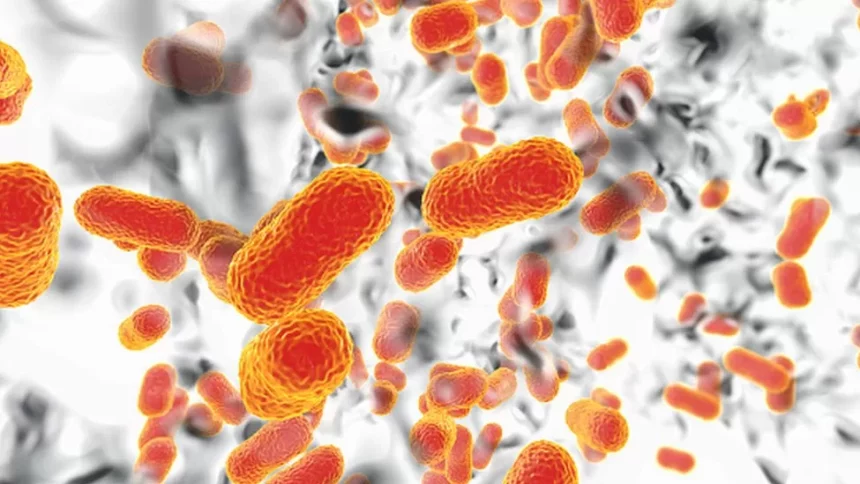Antimicrobial resistance might become a pandemic very soon in the future if strict measures are not taken a report suggested.
Doctors in Maharashtra at the 1000-bed non-profit Kasturba Hospital, in western India, are struggling to counter a wave of antibiotic-resistant superbug-caused diseases.
This occurs as bacteria evolve and develop a resistance to the medications designed to combat them and treat the diseases they produce.
According to the medical journal The Lancet, in 2019, 1.27 million casualties were directly related to this resistance. Most of these instances did not respond to antibiotics, which are thought to be the first line of defense against serious infections.
One of the nations most affected by what medical professionals refer to as “antimicrobial resistance” is India, where antibiotic-resistant newborn illnesses alone claim the lives of up to 60,000 babies annually. An alarming picture of how things are getting worse is presented in a recent government report.
Several important medications were just marginally successful, according to tests conducted at Kasturba Hospital to determine which antibiotic would be most efficient in combating five major bacterial diseases.
Such pathogens include the deadly Staphylococcus aureus, a food-borne bacteria that can be spread through air droplets or aerosols, and E. coli (Escherichia coli), which is frequently discovered in the intestines of humans and animals after eating polluted food; Klebsiella pneumonia, which can infect the blood, cuts on the skin, and the lining of the brain to cause meningitis; and Klebsiella pneumonia.
Doctors discovered that the effectiveness of several common antibiotics in curing diseases brought on by these viruses was less than 15%. The multidrug-resistant pathogen A. baumannii, which targets patients in critical care units who are on life support, emerged, and this is what is most alarming.












